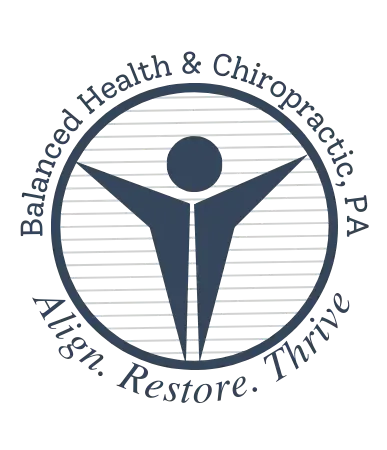
Osteoporosis: Prevention, Diagnosis, and Treatment
Osteoporosis: Prevention, Diagnosis, and Treatment
Osteoporosis is a condition that involves the gradual loss of bone mass and density, making bones weaker, more brittle, and more prone to fractures. While it can affect anyone, it is especially common in women, particularly postmenopausal women, due to changes in hormone levels and the natural aging process. The good news is that there is a lot you can do to reduce your risk and support your bone health naturally, long before it ever becomes a problem.
What Causes Osteoporosis?
Bone loss doesn’t happen overnight. Over time, bone tissue is broken down faster than it is rebuilt. Several factors can influence this process. Genetics play a role, but lifestyle and environmental factors often tip the scales.
Women are especially vulnerable because of their naturally smaller, lighter bone structure and hormonal shifts as they age. Other contributing factors include poor diet, vitamin and mineral deficiencies, a sedentary lifestyle, smoking, high alcohol consumption, long-term use of certain medications like steroids, and even chronic stress, which can increase inflammation and deplete key nutrients.
Another silent contributor is gut health. If you're not absorbing nutrients properly—especially calcium, magnesium, vitamin D, and vitamin K2—your bones may be missing the raw materials they need to stay strong.
How Is Osteoporosis Diagnosed?
Osteoporosis is often called the “silent disease” because you typically don’t feel your bones weakening. Many people don’t realize they have it until they suffer a fracture or develop noticeable changes like a loss of height, persistent back pain, or a stooped posture.
A bone density test (DEXA scan) is the most common tool for diagnosing osteoporosis. It measures the mineral content in your bones and compares it to what’s expected for someone your age, sex, and size. While this test is important, it’s only one part of the puzzle. In functional and holistic medicine, we also look at nutrient levels, inflammation markers, hormone balance, and gut health to get a more complete picture.
A Holistic Approach to Prevention
Preventing osteoporosis isn’t just about drinking more milk or taking a calcium pill. True prevention starts with whole-body support. Here's how:
1. Prioritize Nutrient-Dense Foods
Focus on real, whole foods that provide the nutrients your bones need daily. This includes not just calcium, but also magnesium, phosphorus, vitamin D, vitamin K2, boron, and protein. Leafy greens, wild-caught fish, pastured eggs, grass-fed meats, raw dairy, nuts, seeds, and fermented foods all play a role.
2. Support Gut Health
Your gut is where nutrient absorption happens. If you're dealing with bloating, irregular digestion, or known gut imbalances, your bones may not be getting what they need. Include fermented foods, consider probiotics, and remove inflammatory triggers that damage the gut lining.
3. Move With Purpose
Weight-bearing exercises, strength training, and resistance movements stimulate bone growth and help maintain bone density. Even walking daily, climbing stairs, or using resistance bands at home can make a difference over time. Movement also improves balance, which helps prevent falls.
4. Spend Time Outdoors
Vitamin D is essential for bone health, but many people are deficient, especially those who spend most of their time indoors or live in less sunny climates. Aim for safe sun exposure whenever possible, or supplement under the guidance of a practitioner.
5. Reduce Inflammatory Load
Chronic inflammation breaks down bone tissue. Reduce your toxic load by choosing clean personal care and household products, minimizing processed foods, getting quality sleep, and managing stress with practices like breathwork, journaling, or time in nature.
6. Avoid Bone-Depleting Habits
Smoking, excess alcohol, high caffeine intake, and a sedentary lifestyle can all accelerate bone loss. Making small changes in these areas can have long-term protective effects.
Treatment That Supports the Body
If you’ve already been diagnosed with osteoporosis or are in the early stages (osteopenia), the goal isn’t just to slow bone loss—it’s to help your body rebuild. Conventional approaches often rely on medications, but a functional perspective includes dietary changes, targeted supplementation, nervous system support, and movement therapy tailored to your needs.
Bone is a living tissue that responds to the inputs it’s given. With the right tools and daily choices, you can support strong, resilient bones well into your later years.
